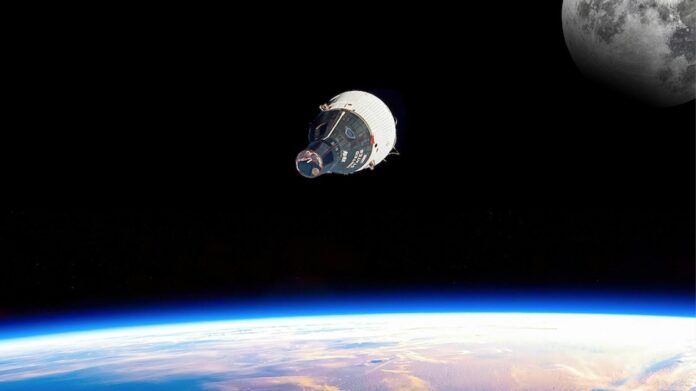Few know about Project Gemini, NASA’s crucial but often overlooked space program that bridged the gap between the Mercury missions (the first American human spaceflights) and the iconic Apollo moon landings. Now, author Jeffrey Kluger sheds light on these daring voyages with his new book “Gemini: Stepping Stone to the Moon, the Untold Story.” Launching November 11, 2025, the book delves into the triumphs, tragedies, and invaluable lessons learned during those intense years (1965-1966).
Kluger, a seasoned space historian and New York Times bestselling author known for his works “Apollo 8” and “Lost Moon: The Perilous Voyage of Apollo 13” (co-authored with astronaut Jim Lovell), argues that Gemini deserves far more recognition. While Mercury captured the public imagination with its pioneering steps into space, and Apollo achieved ultimate glory with landing humans on the moon, Gemini remains a quiet hero in the annals of space exploration.
“It was the middle seat on an airliner,” Kluger says, describing the program’s often-ignored position in history. “People sort of forgot about Gemini.”
But forgetting it would be a mistake.
Gemini wasn’t just filling time between milestones; its ten crewed missions tackled critical challenges that directly paved the way for Apollo’s success. On these flights, astronauts mastered techniques essential for lunar exploration:
- Spacewalking: While Russian cosmonaut Alexei Leonov had already taken a historic spacewalk in 1965, Ed White became the first American to venture outside his spacecraft during Gemini 4.
- Rendezvous and Docking: Gemini missions meticulously practiced maneuvering spacecraft close together, essential for Apollo’s lunar orbit rendezvous technique where the command module would dock with a lunar lander before returning to Earth. This went beyond Soviet claims of achieving rendezvous, as their efforts lacked the precision maneuvering needed for actual docking.
- Long-duration Missions: Gemini astronauts pushed boundaries on duration in space. Gemini 5 broke an existing Soviet record at six days, but Gemini 7 shattered it with a remarkable 14-day stay. This endurance training was vital for the long journey to and from the moon.
Kluger doesn’t shy away from detailing the program’s inherent danger. Near-fatal incidents like Gemini 8’s spinning uncontrolled and the near-disaster during Gene Cernan’s spacewalk on Gemini 9 are recounted alongside tales of daring skill and ingenuity. Even a tragic plane crash claimed the lives of astronauts Charles Bassett and Elliot See in early 1966, adding a somber layer to Gemini’s story.
“Gemini: Stepping Stone to the Moon, the Untold Story” emerges as a timely reminder that even without flashy moon landings, these seemingly “middle child” missions contained crucial innovations and immense bravery. Kluger highlights not only astronaut prowess but also the complex logistical feats of constantly prepping rockets, spacecraft, and crews at an astonishing pace – all for ten flights crammed into just two years. He emphasizes how this relentless schedule demanded exceptional coordination and excellence across NASA’s workforce.
The book offers a fresh perspective on space history, honoring the often-unsung heroes who mastered orbital complexities before Neil Armstrong took his famous “one small step.” Kluger aims to inspire readers with a deeper appreciation for the meticulous groundwork laid by Gemini, a program that truly made the moon landing possible.






































